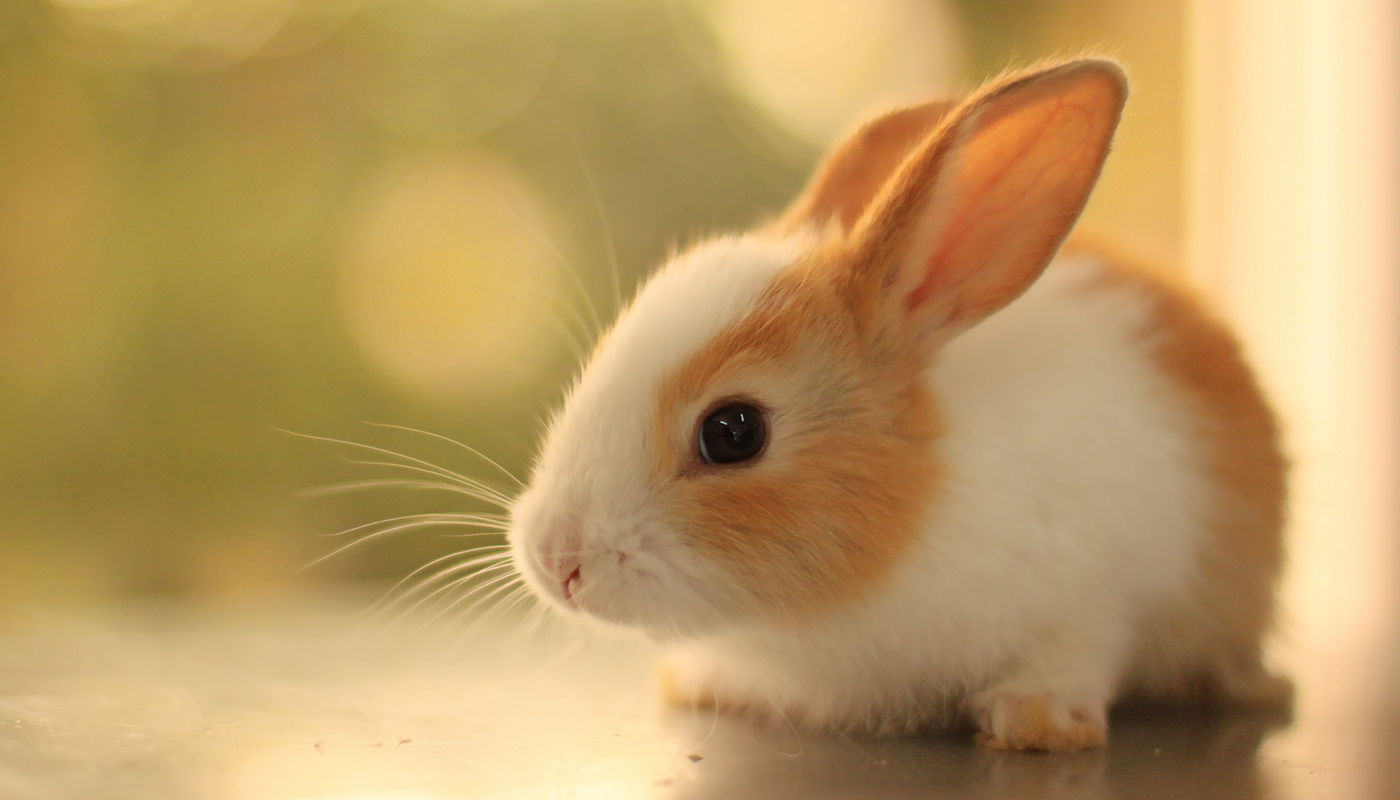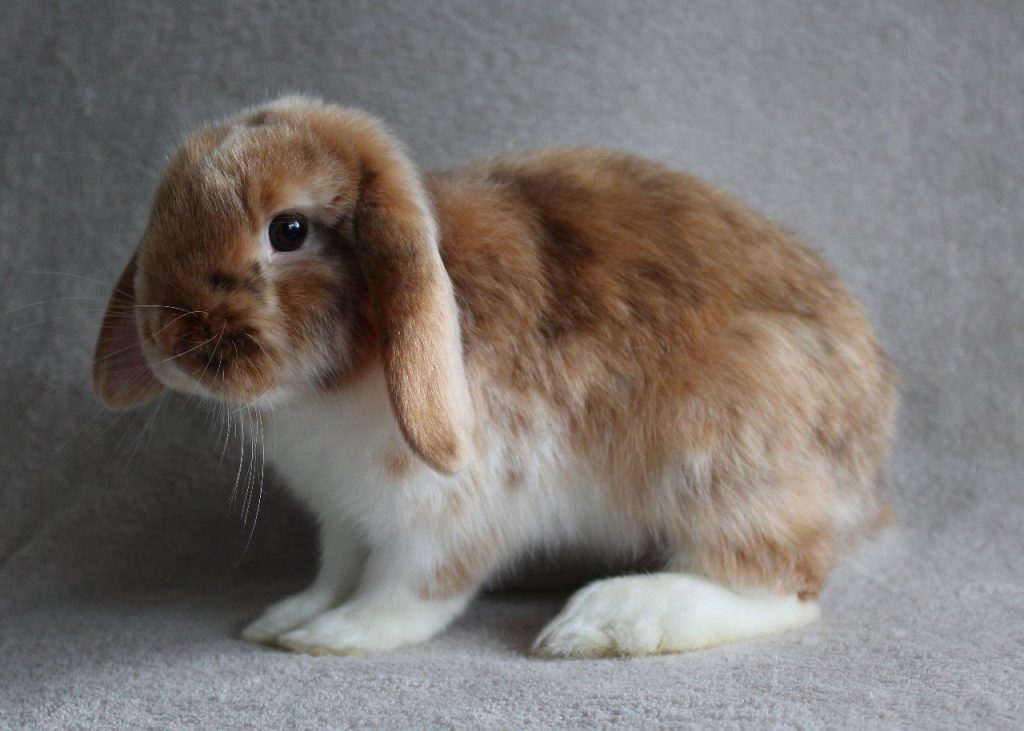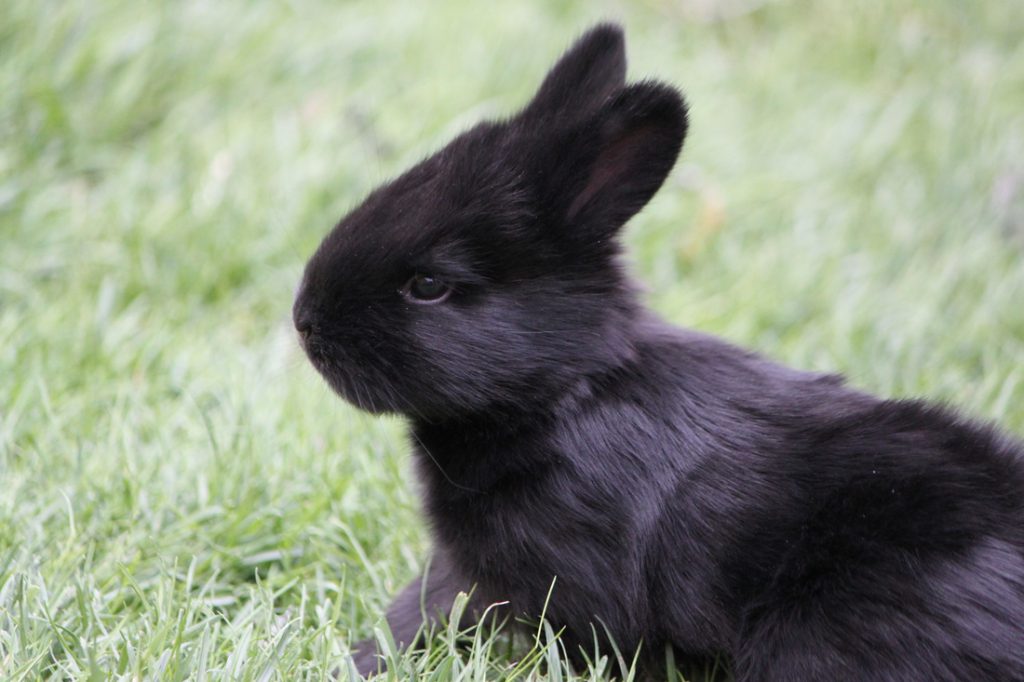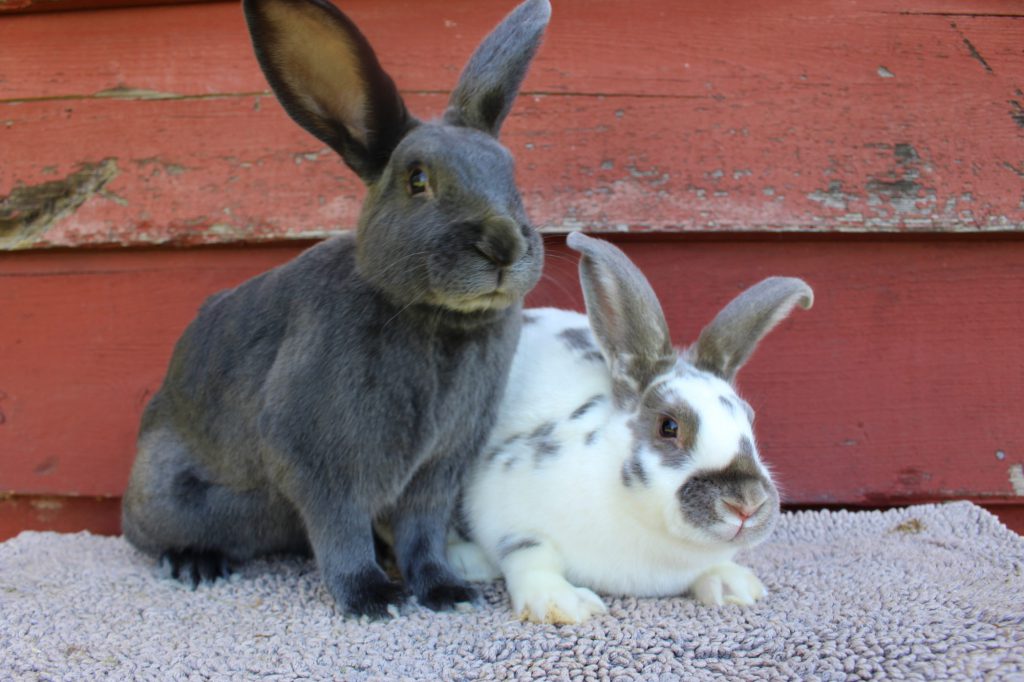
Satin Rabbit – Learn About its History, Basic Characteristics
The distinctive feature of the Satin breeds is an exquisite satin-like texture and sheen which is produced by a peculiar modification of the hair, the scales being much flattened and the central hollow cells found in other fur types being either partly or completely absent. The mutation producing these structural modifications is completely recessive to the normal coat.
Contents
Satin Rabbit Breeds Information
The mutation v, as first established in 1930 in America, and was only imported into this country in 1947. Since then there have been several further importations. The original importations were of Ivory (albino) Satins and this remains by far the most popular color, although some other colors have been established.

The coat is of a rollback nature and the fur length 1 to t4 inches. Although it is at present too early to decide whether the pelt will be of lasting value, there is a certain demand for good quality Satin pelts, and in fact, at times they are in rather greater demand than are the pelts of the normal fur breeds. The adult weight is 6 to 8 lbs.
The Satin texture and sheen has been combined with the rex coat to give Satin Rexes, but there are few of these at present.
The Satin breed is popular for its fur and meat. This breed has translucent hair that reflects light. The satin rabbit’s coat is very thick and silky. Its coat has got a unique shine that makes it popular as compared to the rest of the rabbit varieties.
Satin Rabbit breeds variety is recognized by ARBA. It was developed in the US in the 1930s from an original group of albino rabbits. These days’ different colors of satin rabbits are easily accessible.
Besides fur, satins are also extensively used as pets. Normally, they are calm and quiet creatures and posses good behavioral patterns. A high protein diet with sunflower seeds helps to maintain a good body tone. Such high-quality food is sufficient and helps them to have a healthy coat. Thus, it is easy to maintain a satin rabbit breed as no other special care is required except routine brushing.
History of Satin Rabbit Breeds:
In 1934, Satin was created by mistake in Pendleton, Indiana. A man named Walter Huey was trying to develop the color of his Havanas. He inbred his animals and accidentally created rabbits with a satin textured glittery finish. When tested, Harvard University discovered a mutated recessive gene in these animals. Huge chaos was created when Huey showed his rabbits. As a result, National Havana Club came with a decision to have their breed and came up with Satin Havanas.

Characteristics of Satin Rabbit Breed:
- Satin rabbits are generally pleasant, calm and gentle creatures
- Satin rabbits are large and posses high feeding cost while the smaller breeds have low feeding cost
- The average adult weighs from 8.5 to 12 lbs; the bucks weigh slightly less than the does
- It possesses long muscular body, long ears, and a wiggling nose
- Satin rabbit is accepted in various colors that range from bright golden red, orange to a black Silver Martin variety

How to Select a Good Satin -:
- Always seek a good quality solid animal with sound and rounded hindquarters
- Check that the rabbits in its pedigree posses a slightly more than the minimum weight
- It should exhibit a consistent mount from the shoulders up to the top of the hips
- If the satin fur is brushed in reverse order, it should immediately return to a flat lay in its original pose
- Its coat should possess a good quality shine
Uses of Satin Breed:
Satin rabbits are generally used for their good quality fur. Its calm and gentle behavior makes it suitable as pets for children. Various rabbit enthusiasts and rabbit breeders prefer to show them in competitions for public display. Besides this, the Satin rabbit is excellent for meat too.
On the whole, it is known that the Satin rabbit breed is admired for its commercial value. Its versatile nature keeps the creature famous as an entertainer that is fit for consumption as well.
